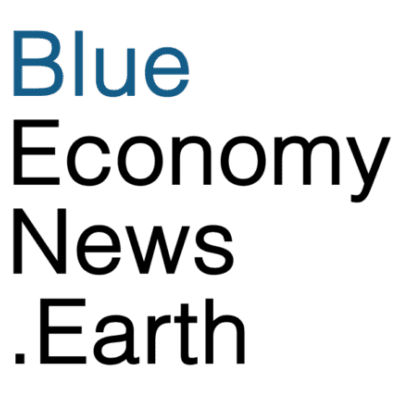Every $1 invested in sustainable ocean solutions yields at least $5 in return according to A Sustainable Ocean Economy for 2050: Approximating Its Benefits and Costs. The report, by the High-Level Panel for a Sustainable Ocean Economy, said investing $2 trillion to $3.7 trillion across four areas–conserving/restoring mangrove habitats; scaling offshore wind production; decarbonizing international shipping; and increasing production of sustainably sourced ocean-based proteins–could generate $10.3 trillion to $26.5 trillion in total benefits by 2050. That’s equivalent to a 400% to 615% return on investment (ROI) over 30 years.
But since that report, which came out in 2020, Sustainable Development Goal 14, Life Below Water, remains one of the least funded SDGs with a gap of roughly $150 billion per year as noted in a report published by Phenix Capital, That’s despite the fact that the ocean covers more than 70% of the planet, absorbs 90% of the heat from global warming and provides food, water, economic opportunity and more for billions.
The World Bank was among the first to directly invest in the Blue Economy with PROBLUE, a multi-donor trust fund focusing on fisheries and aquaculture; marine pollution; oceanic sectors; and seascape management, the Phenix report said. The $200 million from PROBLUE has supported 181 activities in 80 countries. The World Bank also issued the first blue bond in 2018 with the Republic of the Seychelles. Between 2018 and 2022, 26 blue bond transactions took place, amounting to a total value of $5 billion, with a 92% CAGR between those years. Representing less than 0.5% of the sustainable debt market, blue bond proceeds focus on waste management, biodiversity, and sustainable fisheries, according to The Blue Bond Market: A Catalyst for Ocean and Water Financing.
Credit Suisse’s Galapagos Bond will allow Ecuador to buy back more than $1.6 billion of its debt with a $656 million loan. According to the Phenix report, the biggest debt-for-nature swap to date is expected to generate $323 million for marine conservation projects to 2041. Compared to the 17% to 26% yields on Ecuador’s sovereign bonds, this blue bond will offer a 5.645% coupon but has a $85 million ‘credit guarantee’ from the Inter-American Development Bank and $656 million of political risk insurance from the U.S. International Development Finance Corporation.
Ørsted was the first energy company to issue blue bonds, the report said, with net proceeds of the €100 million blue bond to be invested in offshore biodiversity. Understanding how interlinked the blue economy is to other SDG themes such as health, water, zero hunger and the energy transition, will be key to attracting investments in the blue economy, For example, ‘blue foods’ fall under the SDG2: Zero Hunger umbrella. The global aquaculture market, which was valued at $289.6 billion in 2022 and is projected to reach $421.2 billion by 2030; and the global edible seaweed market is expected to expand from $11.25 billion in 2023 to $19.75 billion by 2033.

Source: The Blue Bond Market: A Catalyst for Ocean and Water Financing, Journal of Risk and Financial Management

